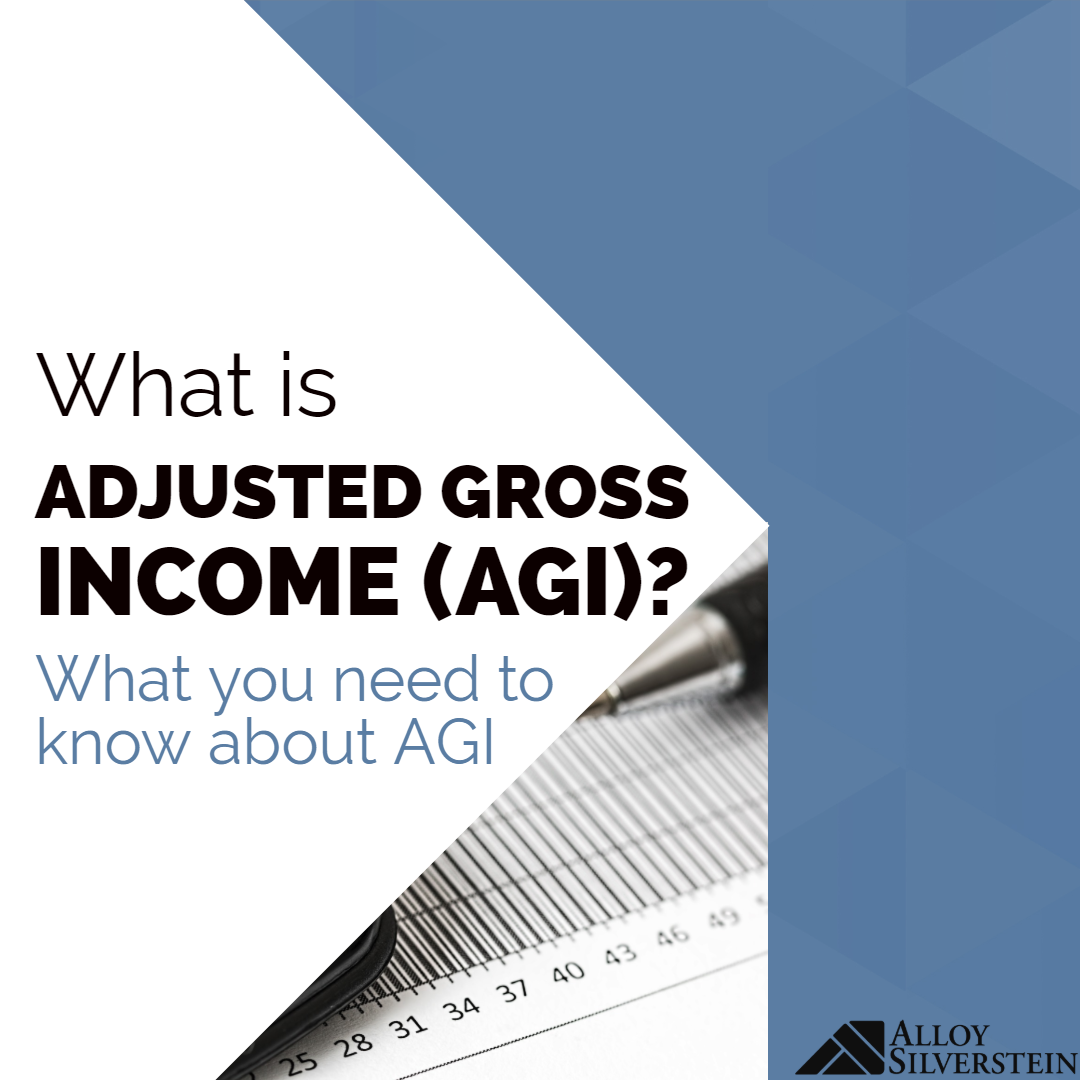

Adjusted Gross Income (AGI) is one of the core tax terms used by Federal and many State taxing authorities. So what is it and why is it important?
The Federal formula for AGI is:
AGI = Gross Income – Adjustments from Gross Income
For most of us, Gross Income is our wages as shown on a W-2 at the end of the year. It also includes taxable interest income, retirement income (including Social Security benefits), and dividends. But there are many other components to Gross Income. Here is a list of the most common;
|
|
To get to AGI a number of reductions are allowed. Some are very common, such as alimony paid to someone else, while others are less common. Here is a brief list of the most likely adjustments you may experience.
|
|
AGI is not Taxable Income. Before you can determine the tax you will pay, you need to subtract deductions (either the Standard Deduction or Itemized Deductions) and Personal Exemptions for you and your family members. So do not confuse the term AGI with Taxable Income, they are not the same thing.
AGI is the starting point. On the other hand, AGI is an important figure in the world of taxes.
State income taxes. Most states use AGI as the starting point to determine your tax obligation to them. They will use this figure and then make adjustments to get to their state basis taxable income.
Phase-outs. Federal tax legislation reintroduced tax code that reduces your Deductions and Exemptions. This reduction raises your Taxable Income and is based upon your AGI. Understanding and managing your AGI can have a real impact on how much of your Exemptions and Deductions you will be able to use.
Modified AGI. The IRS and writers of tax code like to use AGI as the starting point for other tax provisions. You might see the term “Modified AGI” when this occurs. The actual definition of Modified AGI will vary depending on the tax calculation being constructed. Typical add backs to AGI are tax exempt interest, excluded portions of Social Security benefits and other tax-free income.
While you do not need to fully understand the details behind the calculation, it is helpful to be aware of this important tax term. It is often the starting point for effective tax planning. Contact Alloy Silverstein today for guidance in your individual situation.
Empowering business owners and individuals in South Jersey and Philadelphia to feel confident through proactive accounting and advisory solutions.